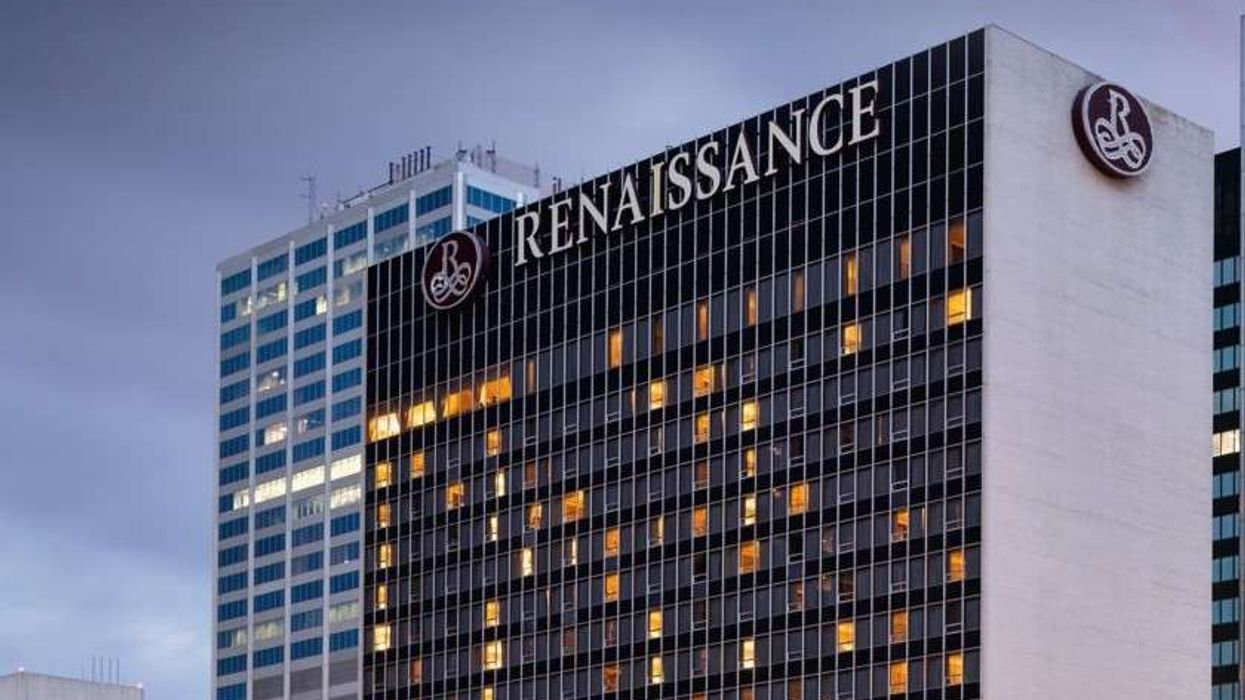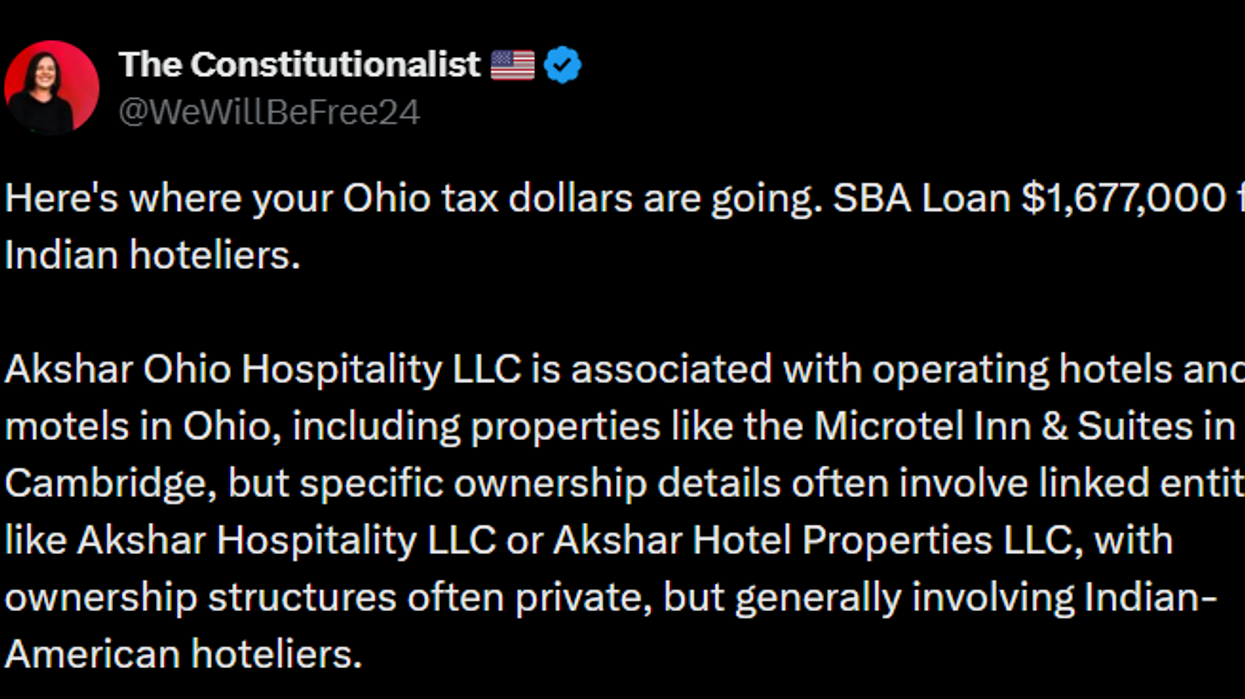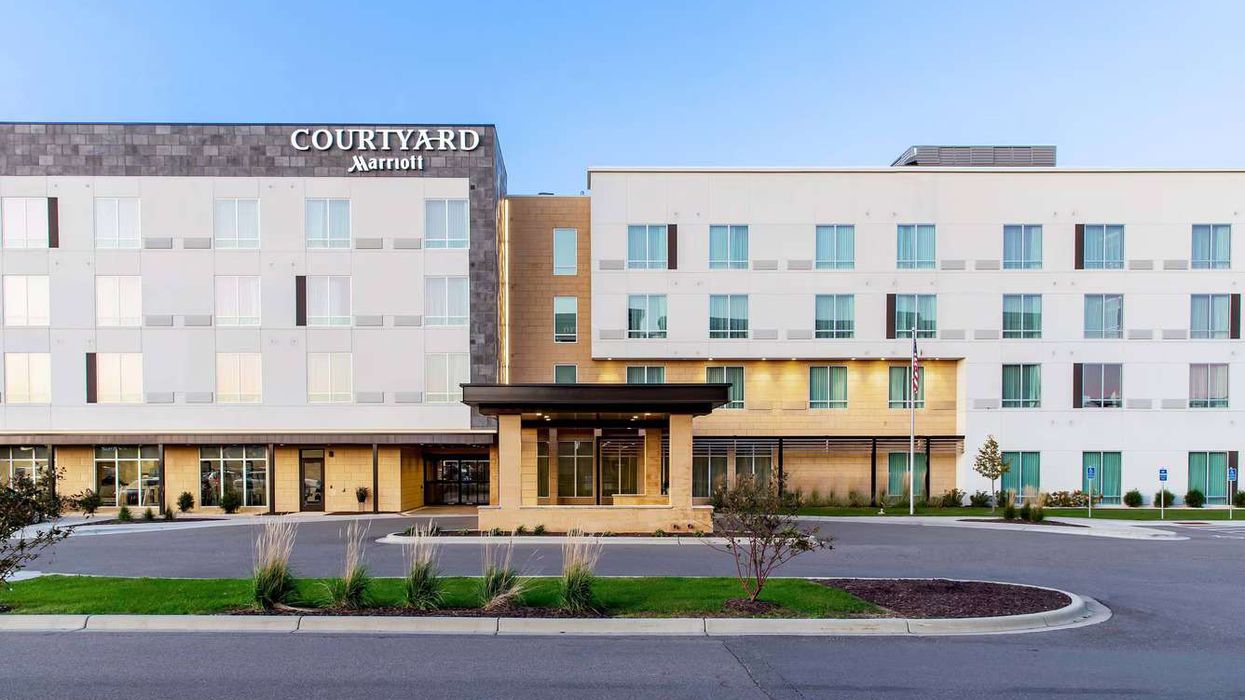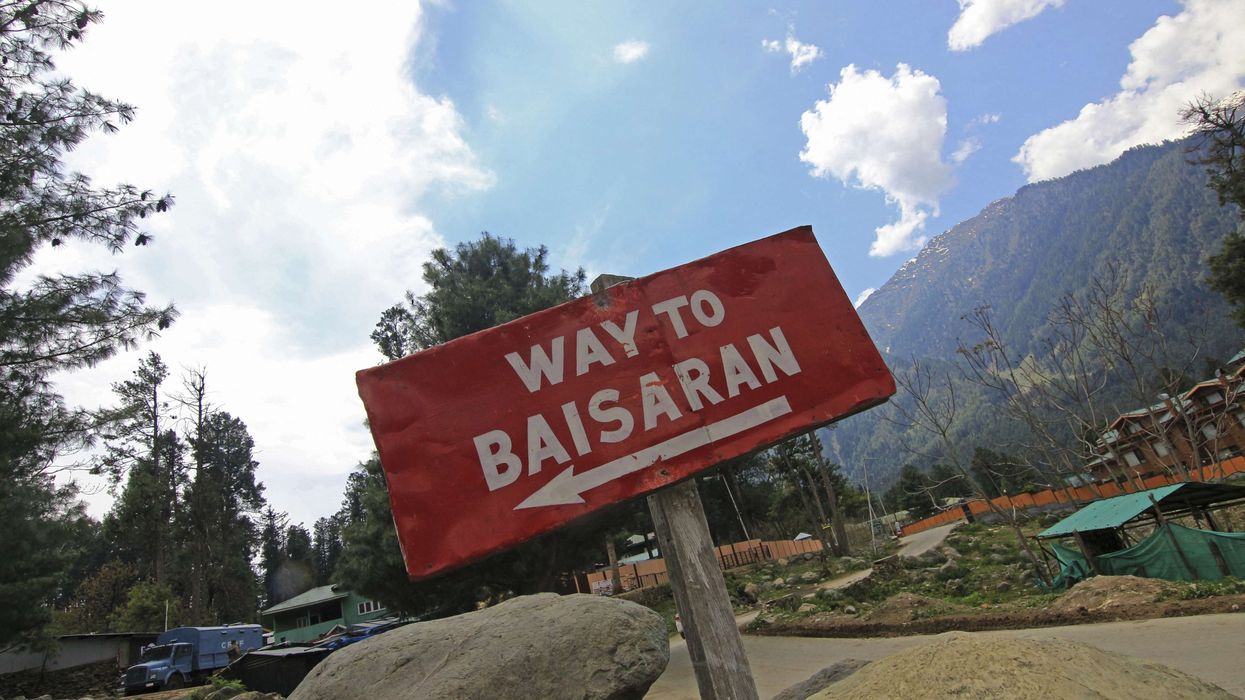WEALTH HOSPITALITY GROUP recently broke ground on a dual-branded Tru by Hilton and Home2 Suites in Ruston, Louisiana. The development, set to open in early 2026, will offer 154 rooms with extended-stay options, Wealth Hospitality said in a statement.
The Ridgeland, Mississippi-based Wealth Hospitality is led by Founder, CEO and Managing Principal Hiren “Chico” Patel, President and Managing Principal Mitesh “Mike” Patel and Founder and Managing Principal Bhupender “Bruce” Patel.
Hiren Patel cited the area’s location along I-20 and a nearby sports complex, which attracts 400,000 visitors annually, as key factors in the project’s appeal. The hotel, Ruston’s first dual-branded and extended-stay option, is near Louisiana Tech University and Grambling State University.
The new hotel is the first in nearly a decade in Ruston, meeting the growing demand for accommodations, especially during university events and sports tournaments, the statement said.
Ruston Mayor Ronny Walker expressed support for the project, noting its importance for the city’s growth, particularly in sports tourism.
The groundbreaking also marked the company’s commitment to the local community, with donations to Louisiana Tech’s and Grambling State’s Colleges of Business, as well as to the Ruston Police and Fire Departments.
NexGen Hotels recently acquired The Maritime Hotel in Fort Lauderdale, Florida. The 150-room property will be rebranded as The Moor Hotel at Marina Bay, a Tribute Portfolio Hotel, with renovations expected by the third quarter of 2025.













